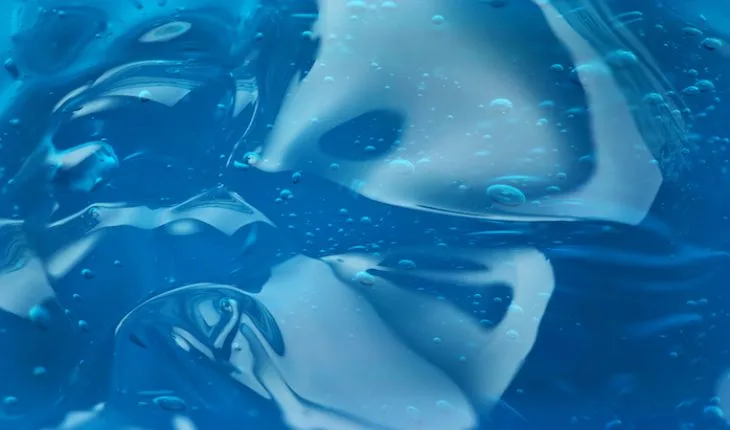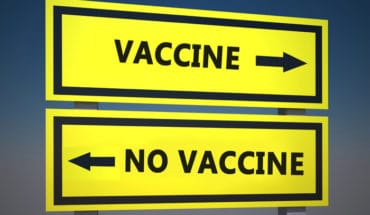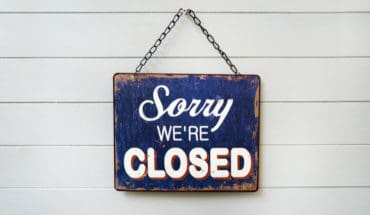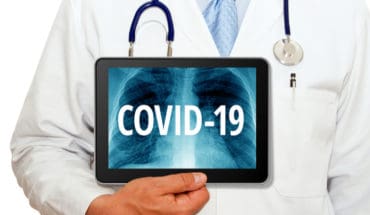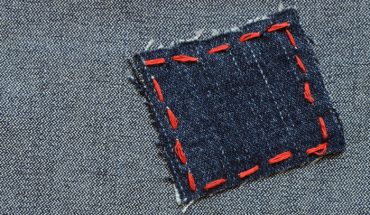As a physician who started out in geriatrics, I did not expect to end up researching and developing medicine for mothers and newborns. But as many of you reading this blog will know all too well, medicine is a career that can take you in unusual and unpredictable directions.
When, as a junior doctor, I made the leap to working in industry, it was never meant to be permanent. But I have spent most of my working life in the pharmaceutical industry, predominantly in early drug development. Things took another unexpected turn four years ago, in March 2012. I was reading The Lancet, which had published results of studies showing a dramatic effect of the antiseptic chlorhexidine on reducing rates of severe infection and death in newborns in poorer countries. Chlorhexidine rang a bell for me. I was pretty sure a mouthwash product made by GSK contained this ingredient, so I checked in my bathroom cabinet – and there it was.
Chlorhexidine seemed such a simple, low-cost solution to tackling newborn infection. Sepsis accounts for a significant proportion of deaths within the first month of life in developing countries; many of these can occur as a result of umbilical cord infections. Cultural practices of applying substances such as ash or dung to the umbilical cord stump can increase the risk. Chlorhexidine could have a big impact – the UN identified it as a ‘life-saving commodity’ with the potential to save 422,000 lives over five years. But there’s a supply gap. So the UN also called for manufacturers to make and register high-quality chlorhexidine products specifically for countries with the highest burden of newborn deaths.
That got me thinking about what we could do at GSK. Already I was involved in maternal and neonatal research. As project leader of a potential new medicine to stop premature labour, I had become increasingly aware not only of the unacceptably high levels of maternal death but also of neonatal illness and death in developing countries. Could we, I wondered, reformulate the chlorhexidine solution found in our mouthwash into a gel that could help prevent umbilical cord infections in the poorest countries?
Luckily, GSK not only has a long track record of addressing global health challenges, but also has a culture where new ideas are encouraged from anywhere in the organisation. Investments are made based on scientific and clinical merit. With the chlorhexidine gel idea, this was not a difficult case to make as the huge potential benefit was clear to see. So we got started. Then serendipity stepped in. GSK signed up to a new five-year partnership with Save the Children. Through this collaboration, we were able to access their expertise and specific insights to inform our development of the gel.
Their on-the-ground knowledge of healthcare systems and communities was invaluable. A gel formulation was selected and developed to be stable in high heat and humidity, avoiding the need for refrigeration. The gel is packaged in individual single-use foil sachets which can be opened without scissors. Pictorial instructions on the sachet and packaging are provided to help mothers, who may not be able to read, to apply the gel appropriately.
Just a few weeks ago, we reached a significant milestone for the gel. In April 2016, it was granted a positive scientific opinion from the European Medicines Agency. They reviewed the gel in collaboration with the World Health Organization under a specific programme for medicines intended specifically for use in low-income countries outside the European Union. Their scientific opinion helps to support regulators in countries where capacity may be limited, and our next step is to register the gel in those low-income countries where neonatal mortality is high.
Ultimately, we would like the gel to reach as many babies as possible in the poorest countries. So to maximise access, the gel will be made available at a not-for-profit price. And to encourage local manufacturers to make a similar product, we will share our formulation and manufacturing know-how with interested organisations. Better neonatal health goes beyond medicines too; it’s also about having the health systems and education in place to ensure health workers and parents have the knowledge and tools to care for newborns in the best possible way. This is another area where the partnership with Save the Children can add value.
There are a few more steps to go before the gel can be in widespread use. But, thanks to the commitment and passion of the big international team working on the gel we have already come further and faster than we could have hoped when I first looked in my bathroom cabinet. Innovation can come from unexpected places and it can take unexpected partnerships – like a healthcare company and a charity – to help turn those ideas into a reality.
